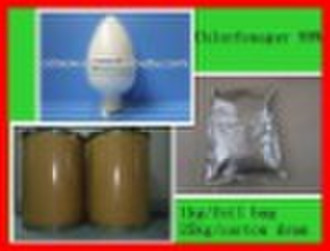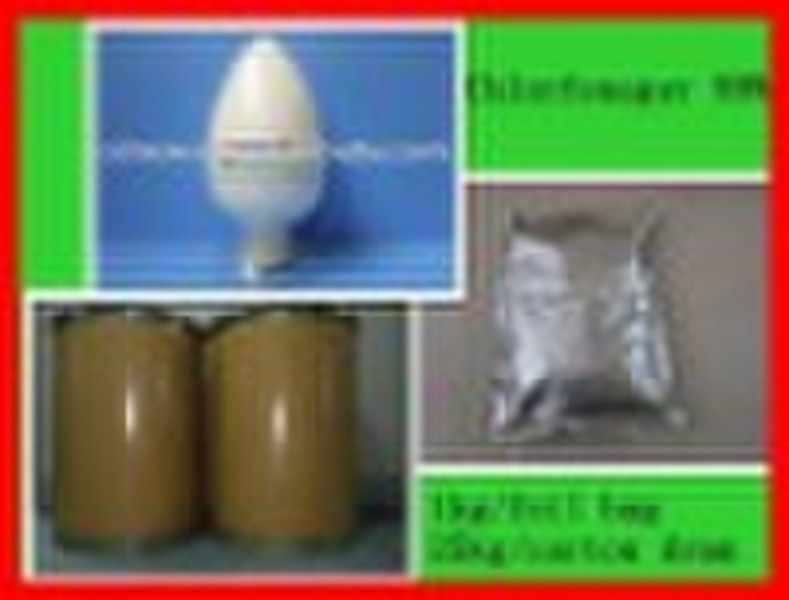Catalog
-
Catalog
- Agriculture
- Apparel
- Automobiles & Motorcycles
- Beauty & Personal Care
- Business Services
- Chemicals
- Construction & Real Estate
- Consumer Electronics
- Electrical Equipment & Supplies
- Electronic Components & Supplies
- Energy
- Environment
- Excess Inventory
- Fashion Accessories
- Food & Beverage
- Furniture
- Gifts & Crafts
- Hardware
- Health & Medical
- Home & Garden
- Home Appliances
- Lights & Lighting
- Luggage, Bags & Cases
- Machinery, Hardware & Tools
- Measurement & Analysis Instruments
- Mechanical Parts & Fabrication Services
- Minerals & Metallurgy
- Office & School Supplies
- Packaging & Printing
- Rubber & Plastics
- Security & Protection
- Service Equipment
- Shoes & Accessories
- Sports & Entertainment
- Telecommunications
- Textiles & Leather Products
- Timepieces, Jewelry, Eyewear
- Tools
- Toys & Hobbies
- Transportation
Filters
Search
Chlorfenapyr

Dangxiao Hao
Contact person
Basic Information
| Classification | Insecticide |
|---|---|
| Place of Origin | Sichuan China (Mainland) |
| Purity | 99% min. |
| Brand Name | newsun |
Chemical Name:4-bromo-2-(4-chlorophenyl)-1-ethoxymethyl-5-trifluoromethylpyrrole-3-carbonitrile CAS#:RN[122453-73-0] Molecular Formula:C15H11BrCLF3N2O Appearance:White or light yellow solid Melting point:100-100centigrade Stability:Soluble in acetone, solubility in non- ion water is 0.13-0.14(pH7) Specification:90%, 95%, 99% tech.Grade Performance: A.It can kill wide range of harmful insect, has good effect to prevent and control 70 kinds of harmful insects in lepidoptera, Coleoptera, and Homoptera, especially has unique effects on against some insects tolerant with some insecticides such as cole moth, sugar beet noctuid, limabean pod borer, thrips Carmine spider mite, Prodenia litura(Fabricius) and Liriomyza sativae(Blanchard). B.Chlorfenapyr is at first discovered in pyrrole mildew, it belongs to biomimetic agricultural chemicals with low toxicity, kills the insect quickly, can kill harmful insect within 1-2 hour. C.Effective period is very long, can last 15 - 20 days.To Carmine spider mite, it is above 30 days.It can reduce applying medicine times thoroughly. D.Target range is wide.It can be applied widely to harmful insect in vegetables, fruit trees, oil plants and decorative plant.It also can be used to prevent and control termite and sanitation harmful insect Applications: Biochemistry Oxidative removal in vivo of the N-ethoxymethyl group generates the active species, which is a mitochondrial uncoupler.Mode of action Insecticide and acaricide with mainly stomach and some contact action.Exhibits good translaminar but limited systemic activity in plants.Uses Control of many species of insects and mites, including those resistant to carbamate, organophosphate and pyrethroid insecticides and also chitin-synthesis inhibitors, in cotton, vegetables, citrus, top fruit, vines and soya beans.Among pests resistant to conventional products which are controlled by chlorfenapyr are Brevipalpus phoenicis (leprosis mite), Leptinotarsa decemlineata (Colorado potato beetle), Helicoverpa spp., Heliothis spp., Plutella xylostella (diamond-back moth) and Tetranychus spp.Its use in resistance management programmes for control of various cotton pests is under evaluation.Phytotoxicity No phytotoxicity observed at field use rates. Mode of action: Chlorfenapyr is a new kind of pyrrole insecticide and acaricedes with dual function of stomach Poison and contact insecticide.The mechanism of function mechanism is:By hindering the breath function of insect's mitochondrial to stop the cell's life activity.After using it, the insect Becomes weakly, spot appears, color changes, activity stops, stupor, and leads to death finally.Chlorfenapyr is safe for crops, it can be used in entire activity period of harmful insect, but still suggested that using it as early as possible, using in egg hatch stage and low age larval stage is better.To the more serious tolerantly harmful insect should pray chlorfenapyr to the eaten part of leaf surface evenly or to the insect body directly. Toxicity: Mammalian Toxicology Oral Acute oral LD50 for male rats 441, female rats 1152 mg tech./kg.Skin and eye Acute percutaneous LD50 for rabbits >2000 mg/kg.Moderate eye irritant;Non-irritating to skin (rabbits).Inhalation LC50 for rats 1.9 mg tech./l air.Other Non-mutagenic in the Ames, CHO/HGPRT, mouse micronucleus and unscheduled DNA synthesis tests.Toxicity class WHO (A.I.) II Cautions: It is high toxic to aquatic livings such as fish, prawn.Also toxic to bees.No mixing with alkaline pesticides&substances. Storage:Sealed tightly and stored away from light in a cool and dry place.
Delivery terms and packaging
Packaging Detail: 25kgs/carton drum. or as your request. Delivery Detail: immediately
Payment term
Documents Against Payment
Letter of credit
Telegraphic transfer
Western Union
-
Payment Methods
We accept:









